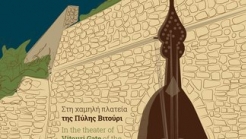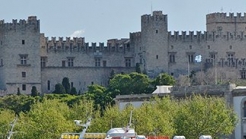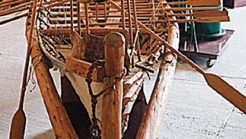

Greece
The Piraeus Archaeological Museum offers the visitor a complete image of the city’s history, which was marked by great sevelopment during the ancient times, both as a commercial center of the eastern Mediterranean, and also as a naval base of ancient Athens.
The collection of tombal monuments from the area of the northern cemetery of the ancient city was the center of the Piraeus Archaeological Museum’s collection. This small, but important collection, was first housed in the city’s high school, on Korai square. In 1935, the first Archaeological Museum of Piraeus was founded, situated in the small building of eclecticistic style on Filellinon str., on the northern side of Zea theatre.
The museum as it stands today, was founded in 1966 as an extension of the old one, and opened its gates to the public in 1981. The Piraeus Archaeological Museum offers the visitor a complete image of the city’s history, which was marked by great sevelopment during the ancient times, both as a commercial center of the eastern Mediterranean, and also as a naval base of ancient Athens


Nine "Musical Sundays", from July 1st until August 28th This is a series of Sunday concerts of leading musicians from around the world, many of which will also assist the members of the orthodox band "Mitos" created by the initiative of the Labyrinth.


The most important monument of the era of the Knights in Rhodes, is the Palace of the Great Magistrate. During the 1930’s, while under Italian occupation, the building acquired its modern form, being the commanding center as well as the house of the Italian Commander. The mosaic floors of the floor are amazing.


Maritime Museum of Crete is located at the entrance to the historic fortress Firkas. It was founded in 1973 with the purpose of housing and the preservation of our maritime traditions and in particular of Crete, the view of our maritime history, as well as the cultivation of love toward the marine e
1039 Ε 6061 01515 00